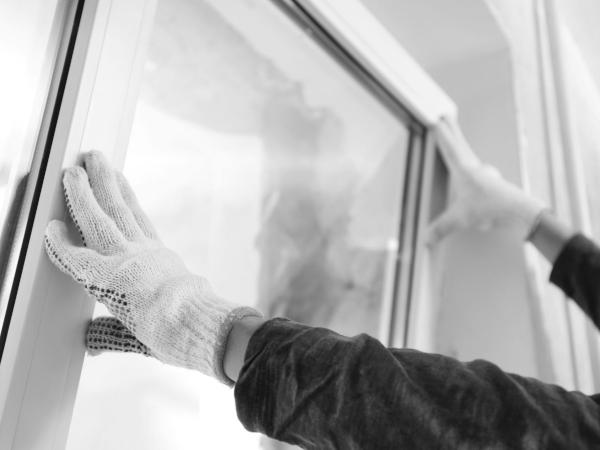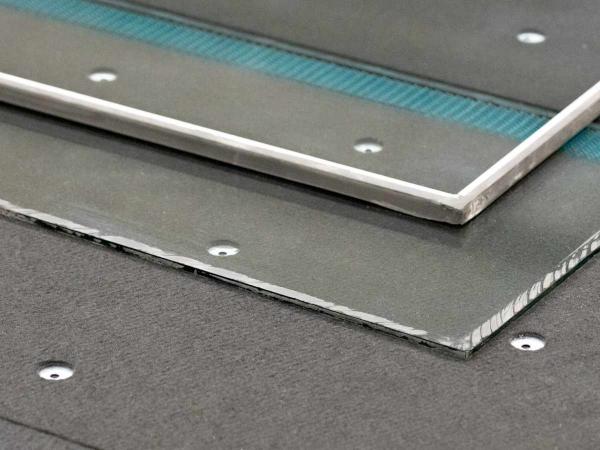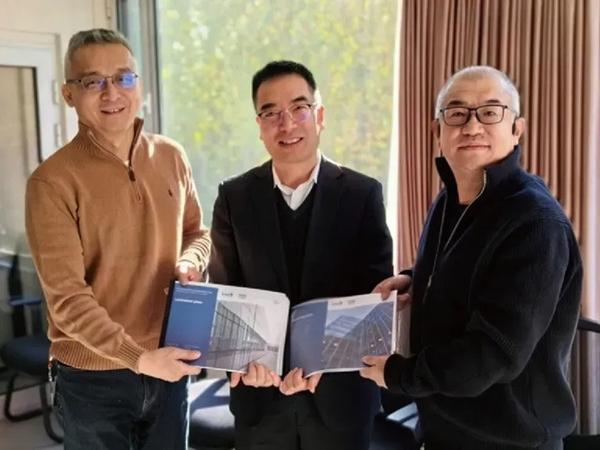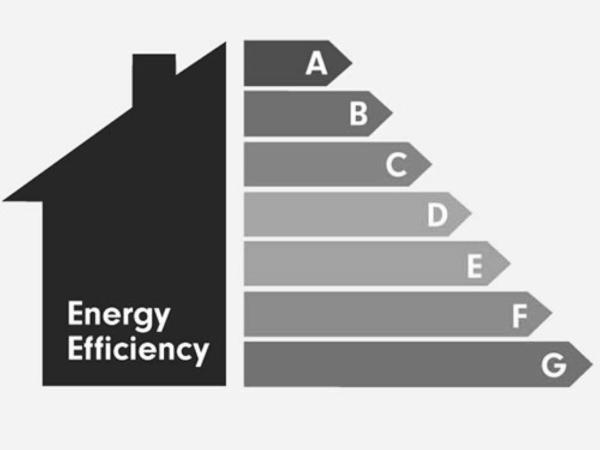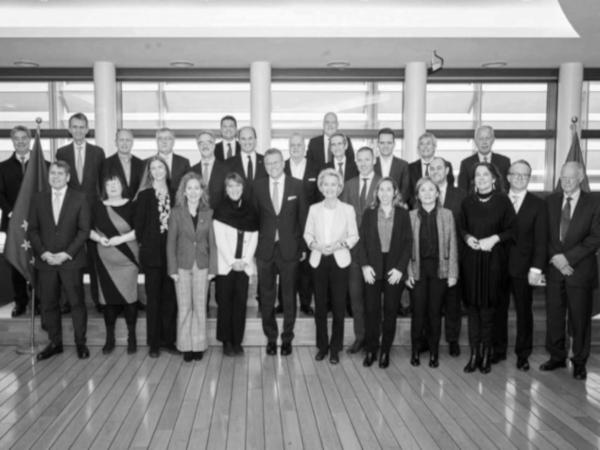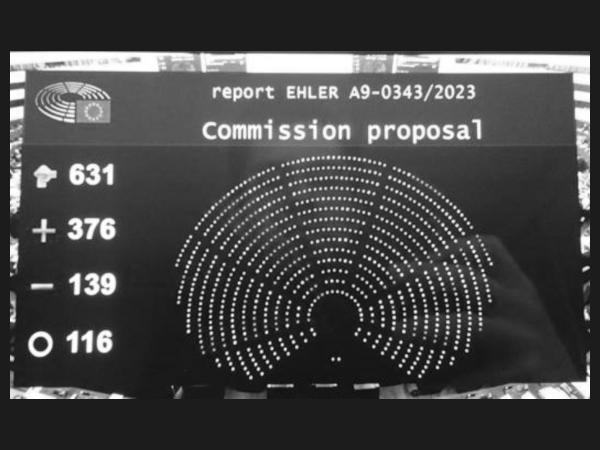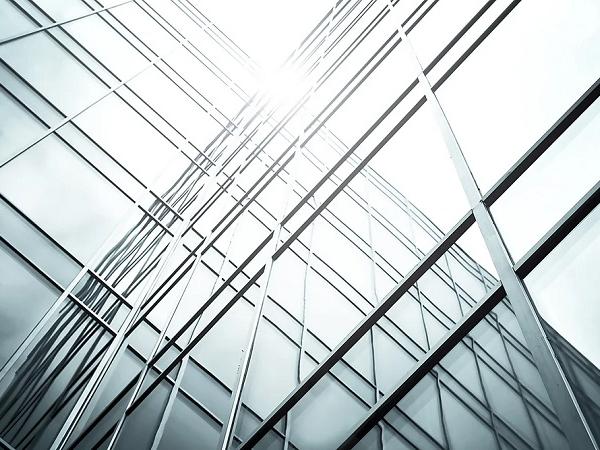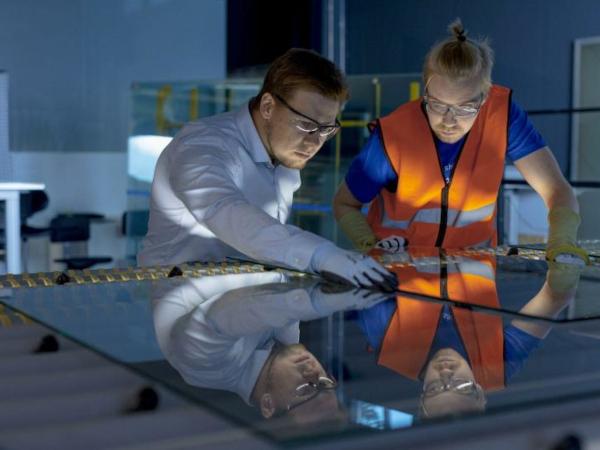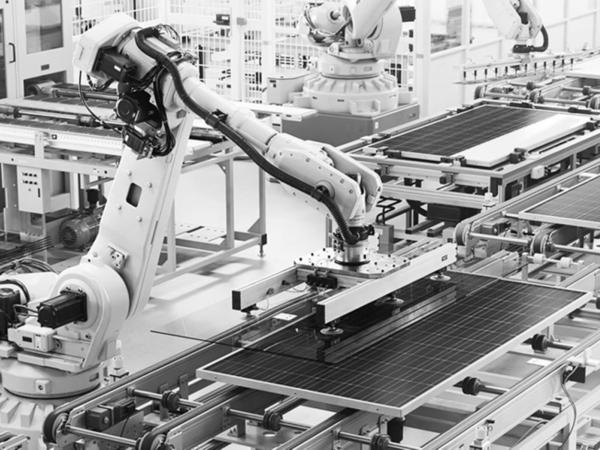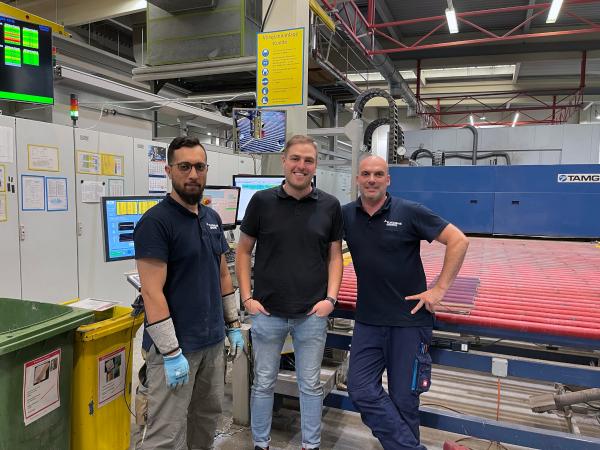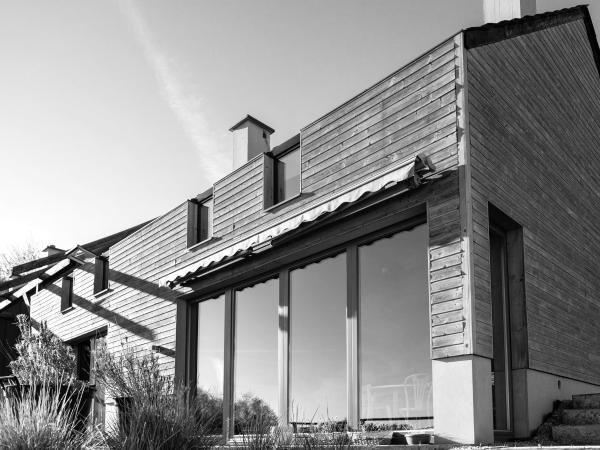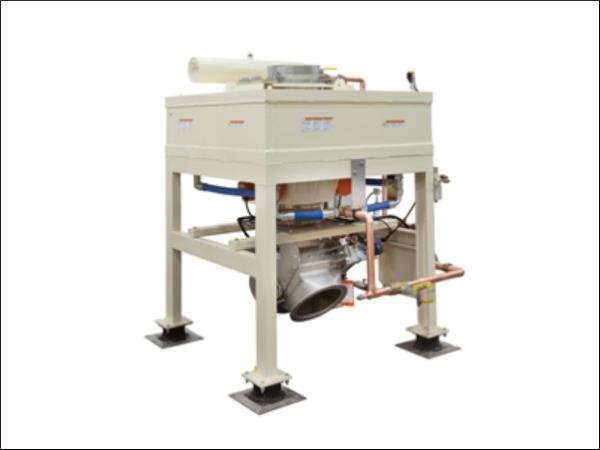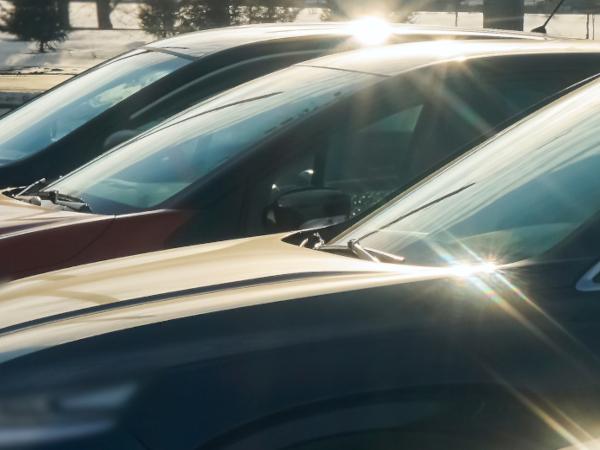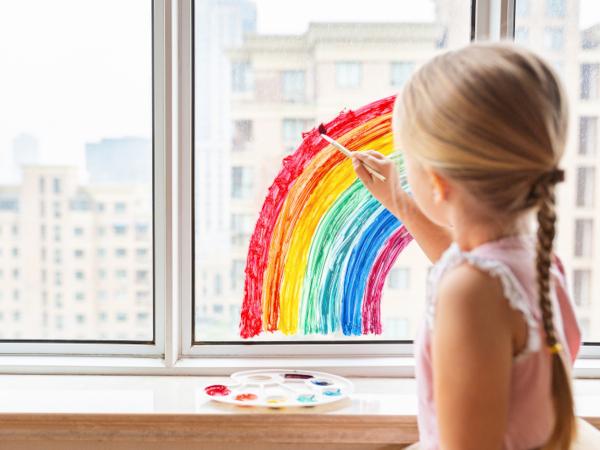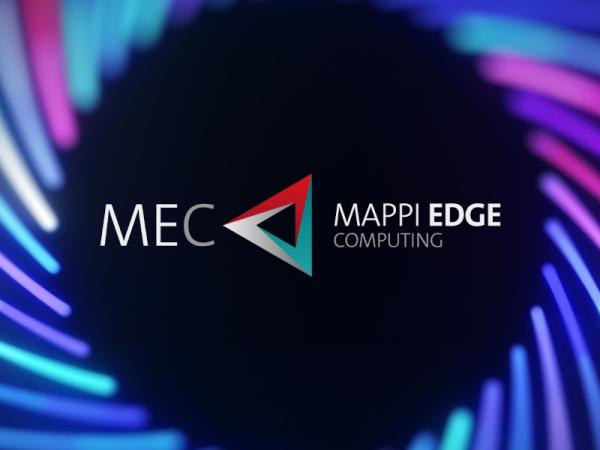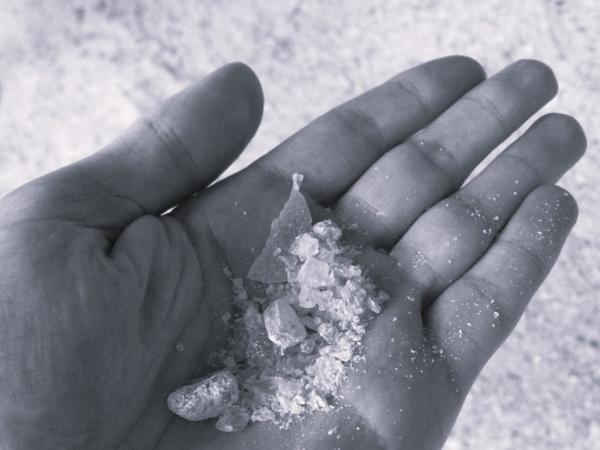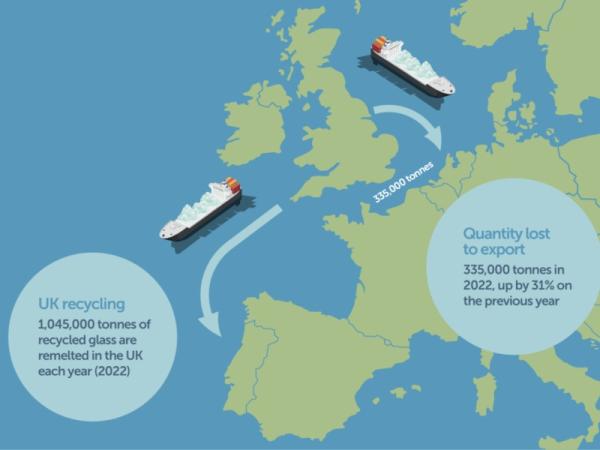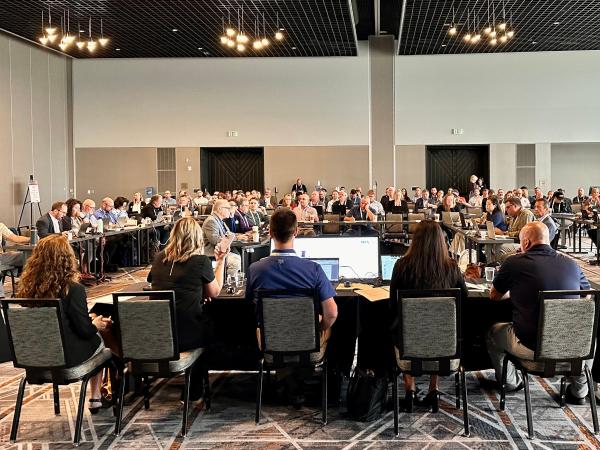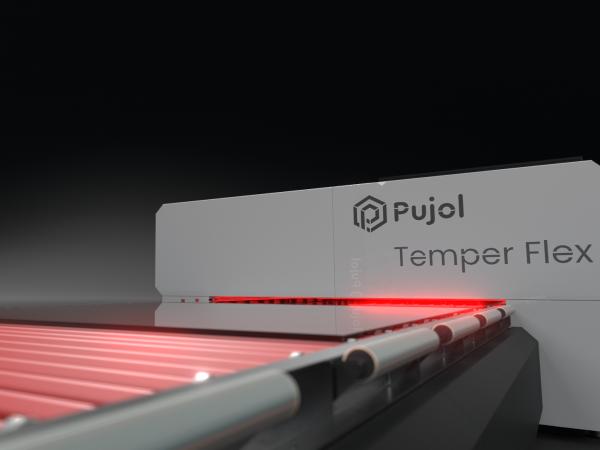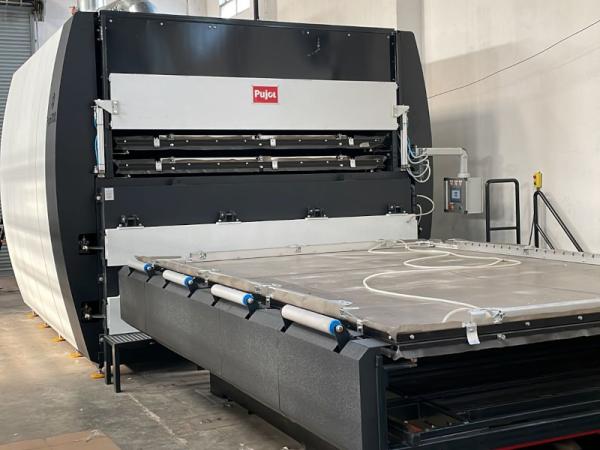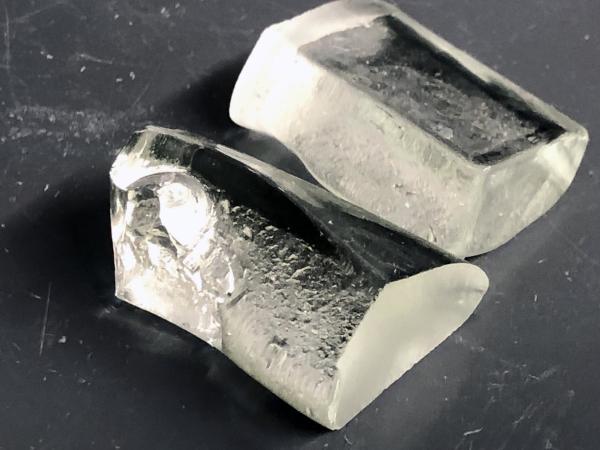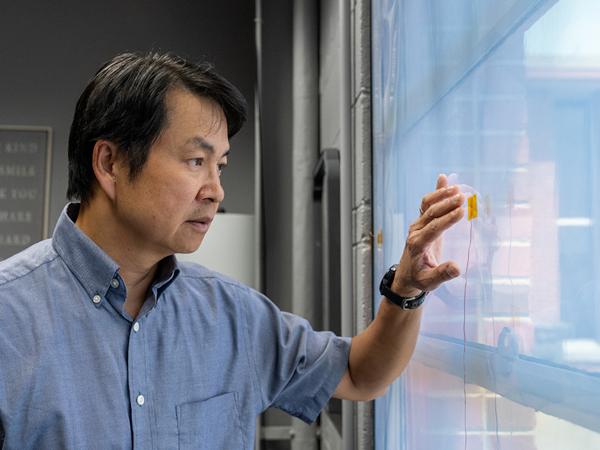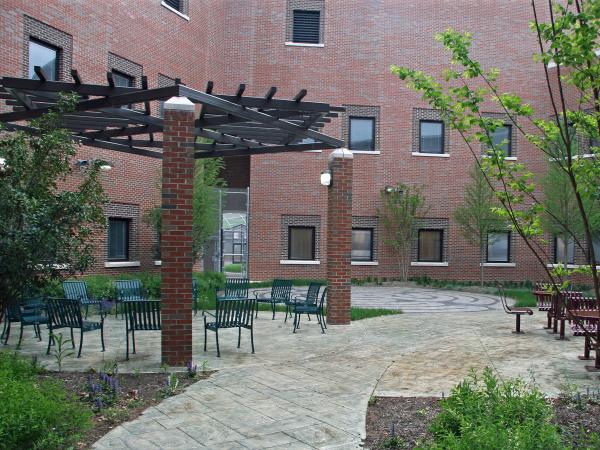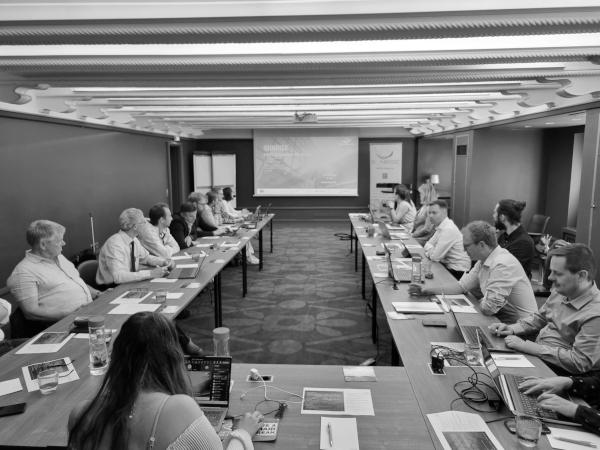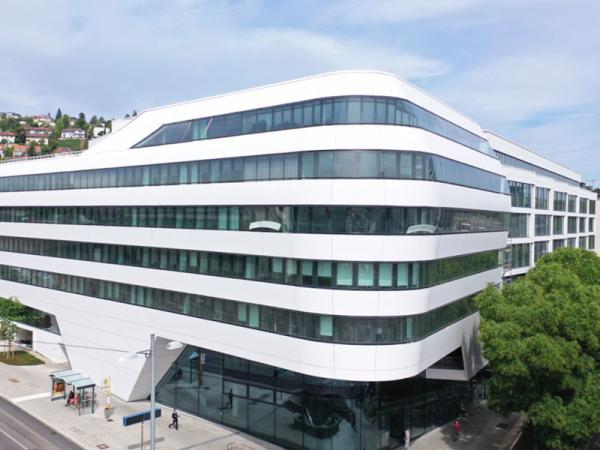Others also read
Glass for Europe has produced a paper on the possibilities and constraints related to the practices of reuse and remanufacturing of flat glass.
With IG2Pieces, HEGLA offers a system solution that can separate glass from an IGU, cleanly and without damage.
NorthGlass moved towards a sustainable future
Following the fourth interinstitutional meeting which took place on 7 December, EU co-legislators reached a political agreement on the revision of the Energy Performance of Buildings Directive.
Yesterday, Glass for Europe’s Chairwoman Joana Arreguy from Saint-Gobain participated in the EU Clean Transition Dialogue on industry with EC President and Executive Vice-President.
On November 21, the European Parliament has adopted its position on the Net-Zero Industry Act with 376 votes to 139 and 116 abstentions.
Understanding the benefits of triple pane windows - a deep dive into insulating glass units and energy efficiency.
Now is the time to focus on energy efficiency, quality and automation with every piece of glass processed.
As a member of the European Solar PV Industry Alliance (ESIA), Glass for Europe contributes to the “Finance” and “Value Chain” working groups.
High-performance glazing could save up to 37% of the total energy consumption from the EU building stock by 2050!
Eriez® magnetic separators are helping the growing glass industry remove small tramp metal from silica, soda ash and limestone.
The new Fenzi AGT technology revolutionizes automotive glass enamels, reducing costs and energy consumption.
Center stage during Vision Milan Glass Week are the Kids Labs by Kikolle Lab that engage children in a creative approach to the important topic of recycling glass.
This year at Vitrum you can see the future of the glass industry
Over the summer, Glass for Europe responded to two EU consultations launched on the topic of construction and demolition waste.
The amount of cullet being exported from the UK to mainland Europe is increasing year-on-year.
Glass and glazing industry technical leaders gathered at the NGA Glass Conference: Tacoma, July 25-27.
Pujol 100 PVB+ has not only helped to reduce investment costs but will also allow significant savings in costs derived from a higher energy efficiency.
Worldwide, glass manufacturing produces at least 86 million tons of carbon dioxide every year. A new type of glass promises to cut this carbon footprint in half.
For more than 35 years, NREL scientists have pioneered the evaluation, development, and demonstration of advanced fenestration research.
FGIA has updated a specification providing a standard laboratory procedure for evaluation of simulated human impacts on window systems intended for installation in behavioral care hospitals and facilities.
Glass for Europe attended the first stakeholder workshop on the SUNRISE project.
On more than 70,000 square meters, Quartier Look21 in Stuttgart's city center accommodates living space, office space and even an event hall for up to 500 people.

